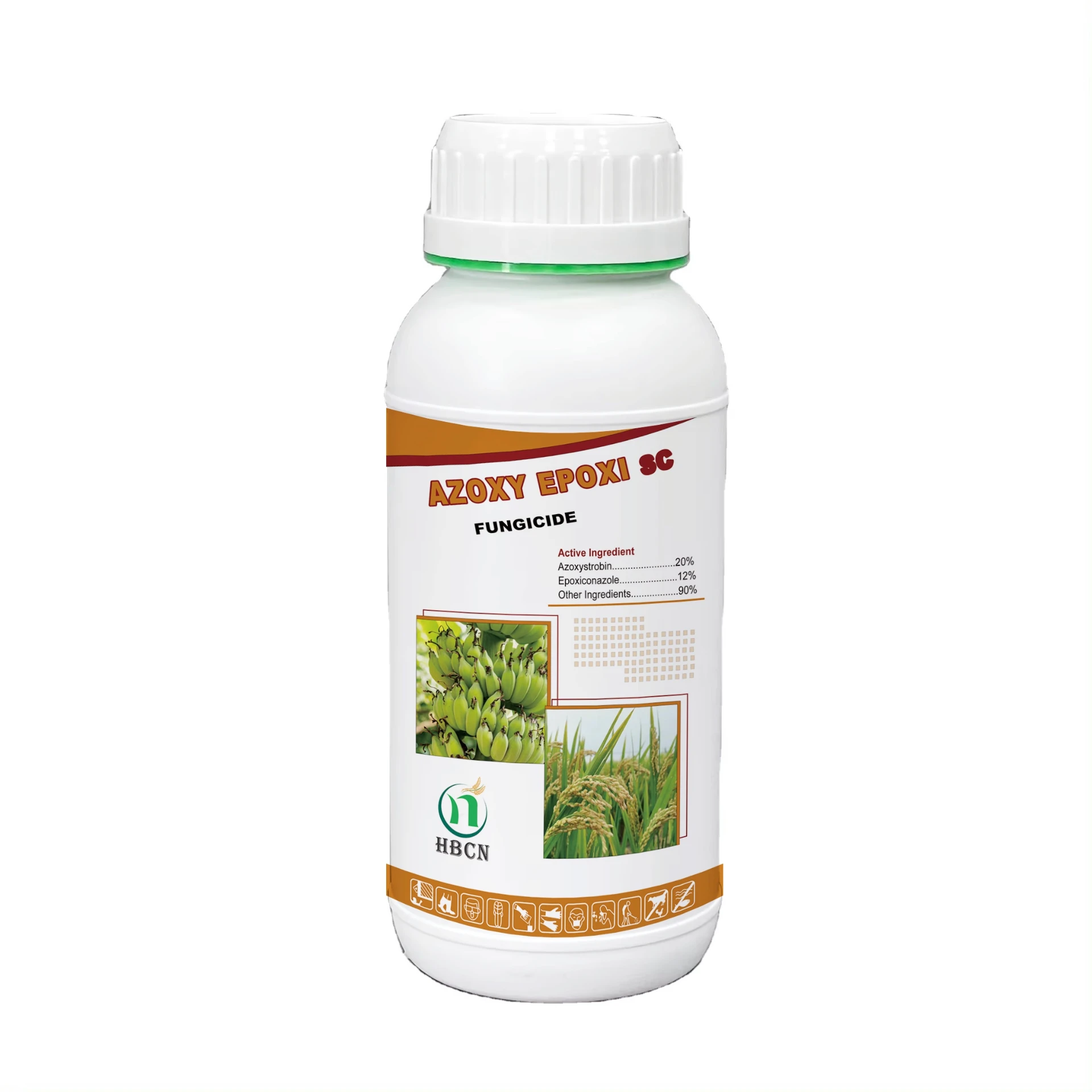
Ara . 03, 2024 11:47 Back to list
use of cypermethrin in agriculture
The Use of Cypermethrin in Agriculture
Cypermethrin, a synthetic pyrethroid insecticide, has gained significant popularity in agriculture due to its effectiveness in controlling various pests that threaten crop yields. Approved for use in numerous countries, including the United States and several European nations, cypermethrin is employed in a variety of agricultural sectors, from fruits and vegetables to grains and ornamental plants. This article explores the benefits, application methods, environmental considerations, and future perspectives associated with the use of cypermethrin in agriculture.
Benefits of Cypermethrin
One of the primary advantages of cypermethrin is its broad-spectrum efficacy against a wide range of pests, including aphids, beetles, and caterpillars. The active ingredient works by disrupting the functioning of the insect's nervous system, leading to paralysis and eventual death. This rapid action is crucial for farmers facing immediate threats to their crops, as timely intervention can prevent significant losses.
Moreover, cypermethrin has a relatively low toxicity to mammals compared to other insecticides, making it a preferred choice for many farmers. Its short residual activity means that it degrades quickly in the environment, reducing long-term ecological impacts. This characteristic also allows for applications close to harvest time, offering growers flexibility in their pest management strategies.
Application Methods
Cypermethrin can be applied in various forms, including emulsifiable concentrates, wettable powders, and granules. It is typically used in diluted solutions for foliar applications using spray equipment. Farmers often time these applications to coincide with key pest life stages, further enhancing the insecticide's effectiveness. Soil incorporation and seed treatment are additional methods that can be employed, particularly for crops like corn and soybeans.
Integrated Pest Management (IPM) strategies advocate for the judicious use of cypermethrin alongside other pest control methods, such as biological control and crop rotation. This not only helps in managing resistance but also minimizes the potential for negative environmental impacts. The use of target-specific application techniques, such as aerial spraying or targeted ground applications, can further optimize the efficacy of cypermethrin.
use of cypermethrin in agriculture

Environmental Considerations
Despite its benefits, the use of cypermethrin is not without concerns. Potential environmental impacts primarily include effects on non-target organisms, including beneficial insects like bees and predatory insects that play a role in pest management. There is ongoing research into the sub-lethal effects of cypermethrin on these species, as well as its overall impact on biodiversity.
Water contamination is another pressing issue, as cypermethrin can runoff into waterways and pose toxicity risks to aquatic life. To mitigate these risks, proper application techniques and adherence to recommended usage rates are crucial. Farmers are encouraged to implement buffer zones to keep chemicals away from water sources, thereby protecting essential ecosystems.
Future Perspectives
The future of cypermethrin in agriculture will likely be shaped by evolving regulatory standards and the increasing demand for sustainable farming practices. As resistance to insecticides becomes a growing concern, research is focused on developing alternative pest management strategies that integrate biological control agents or utilize genetically modified crops that may reduce reliance on chemical applications.
Furthermore, advances in precision agriculture technologies promise to enhance the application of cypermethrin by allowing for more precise targeting of pests. This could help minimize the volume of pesticide used while maximizing its effectiveness, ultimately promoting more sustainable agricultural practices.
In conclusion, cypermethrin remains a valuable tool in the agricultural pest management arsenal. Its effectiveness and relatively low toxicity make it a favored choice among farmers. However, careful consideration of environmental impacts and responsible usage practices is essential to ensure that its benefits can be leveraged sustainably. Through ongoing research and the adoption of integrated pest management strategies, cypermethrin can continue to play a pivotal role in modern agriculture while prioritizing environmental conservation and long-term sustainability.
-
Vexis Herbicide – Advanced Selective Control, Compare with Tenacity 8oz Mesotrione Selective & Non-Selective Solutions
NewsJun.24,2025
-
Dicamba Herbicide for Creeping Charlie – Effective & Selective Weed Control Solution
NewsJun.10,2025
-
Premium Penthiopyrad Fungicide for Effective Crop Protection Compare with Carbendazim & Copper Fungicides
NewsJun.10,2025
-
Top Products Containing Bifenthrin Effective Insecticide Solutions
NewsJun.10,2025
-
Powerful Lambda Cyhalothrin & Emamectin Benzoate Insecticide
NewsJun.10,2025
-
Emamectin Benzoate 5% Wholesale Supplier - Premium Quality
NewsJun.10,2025
